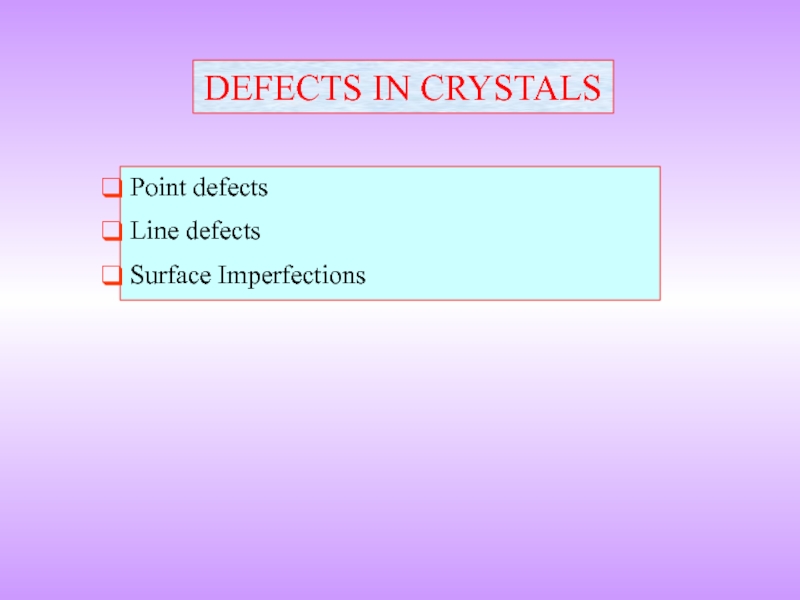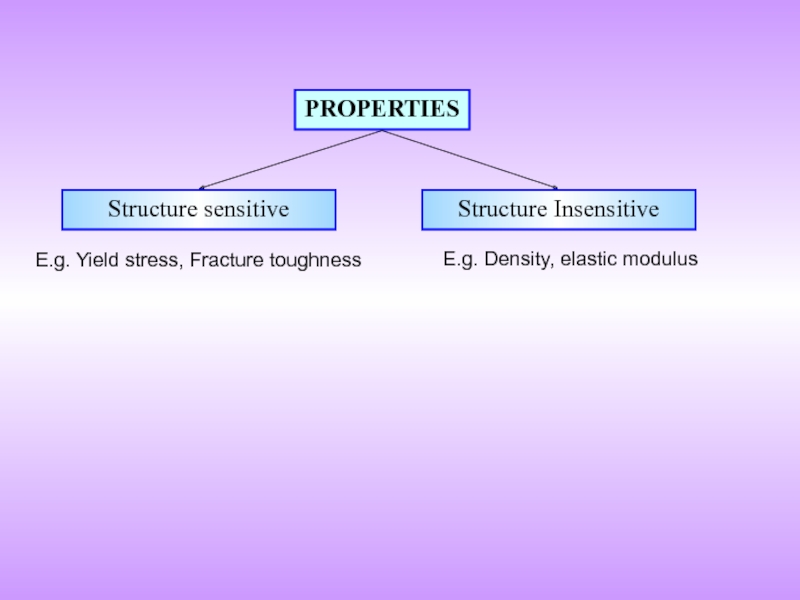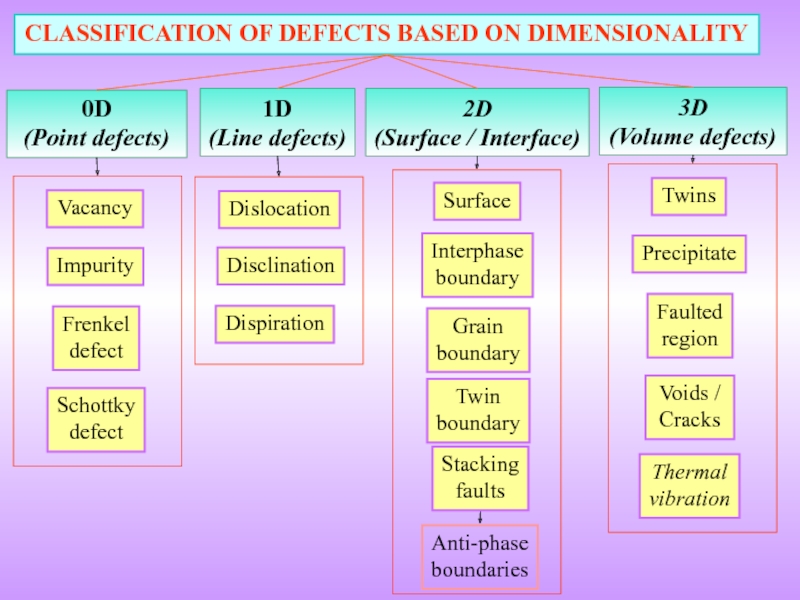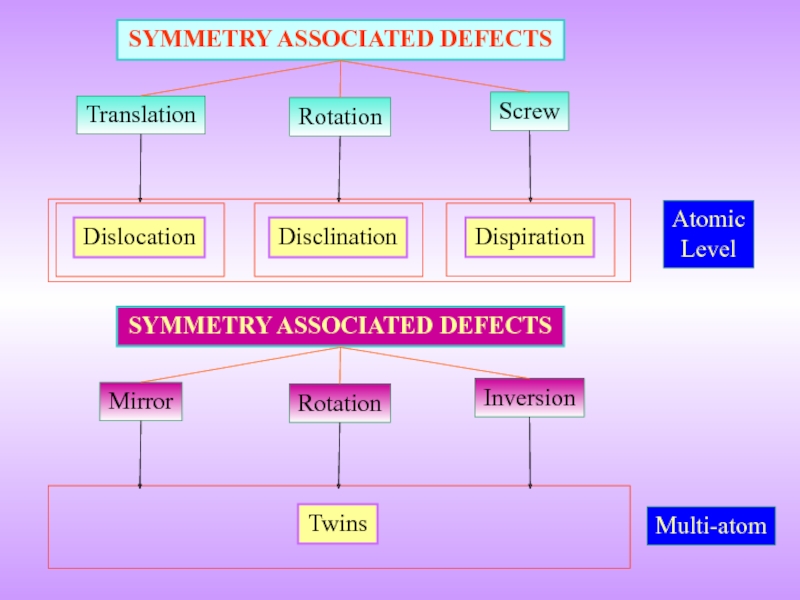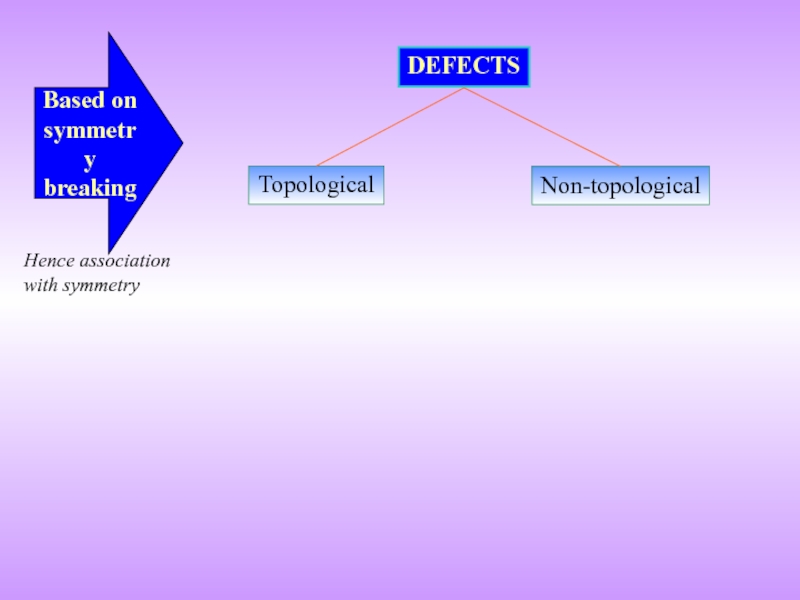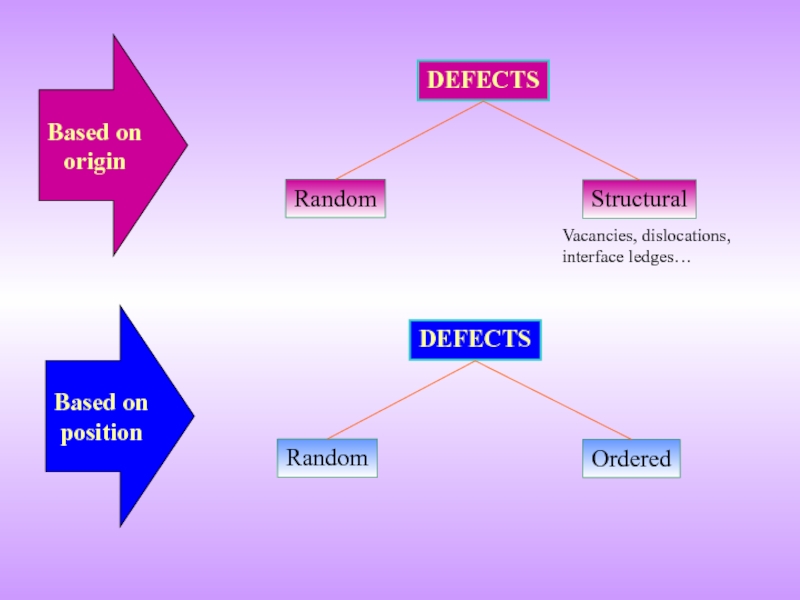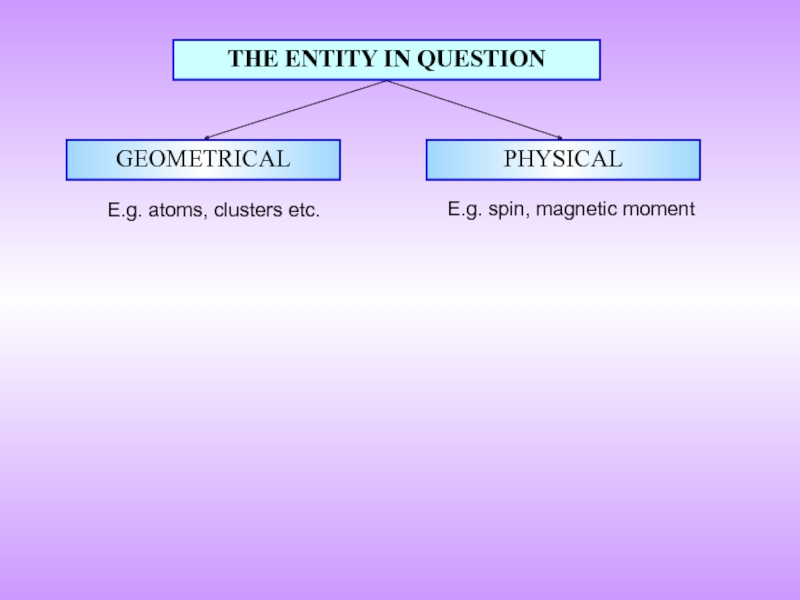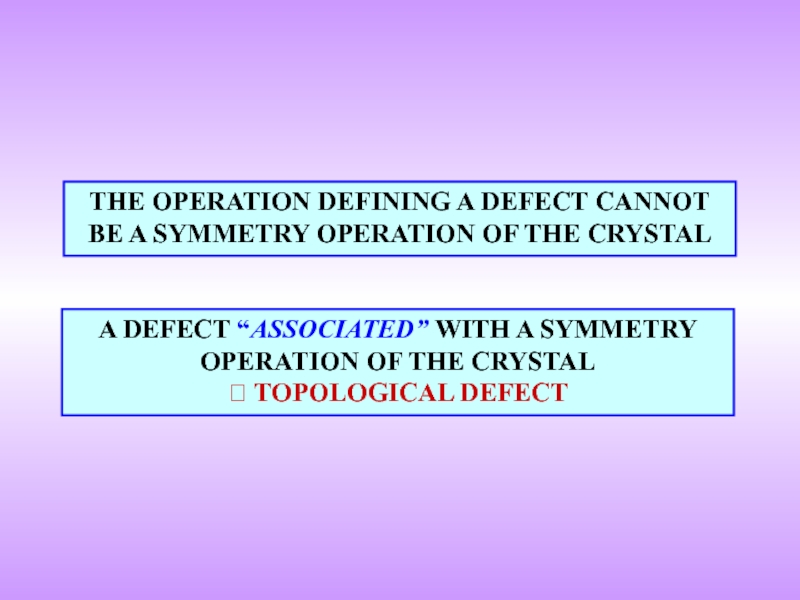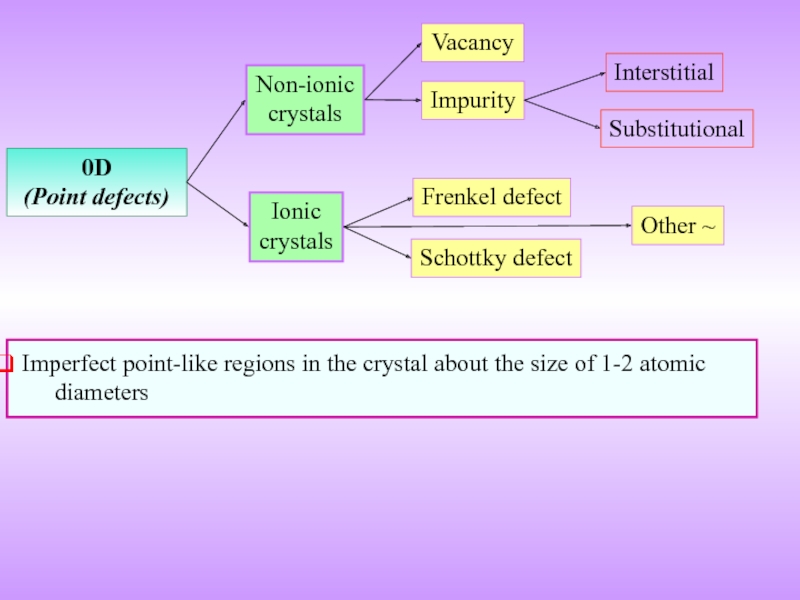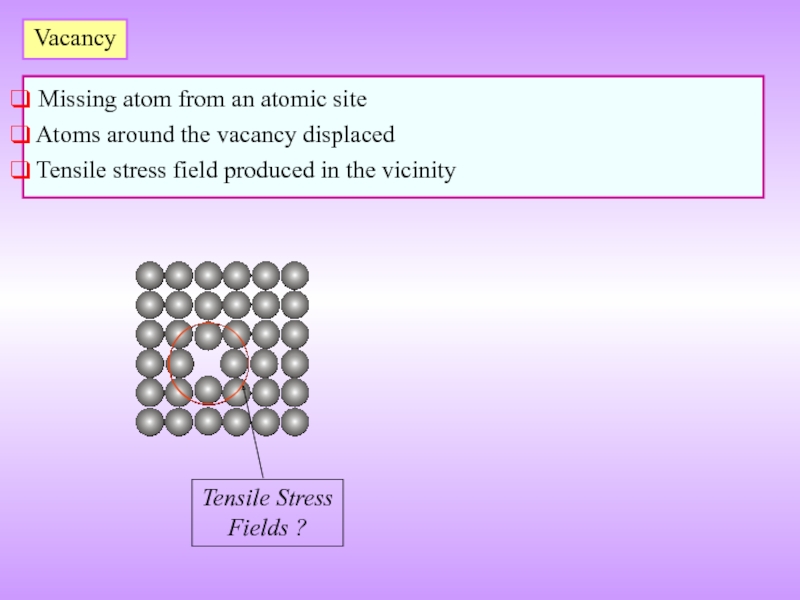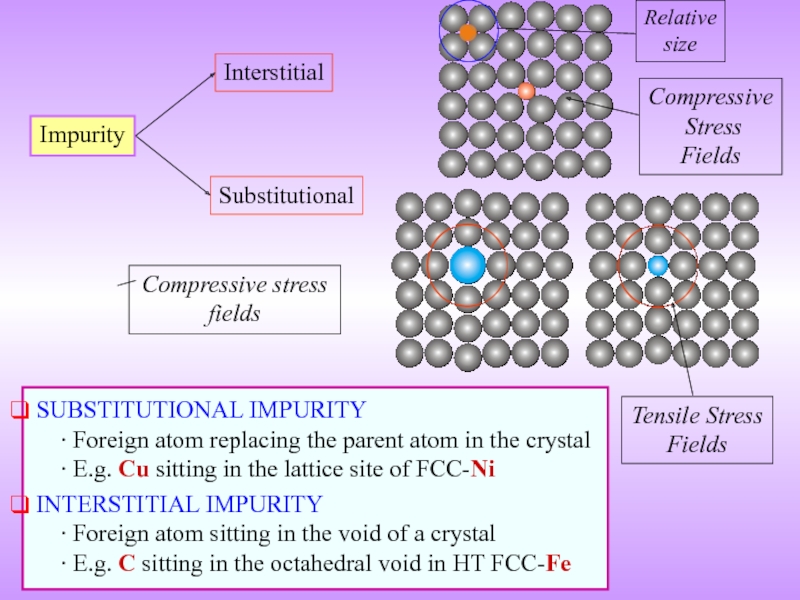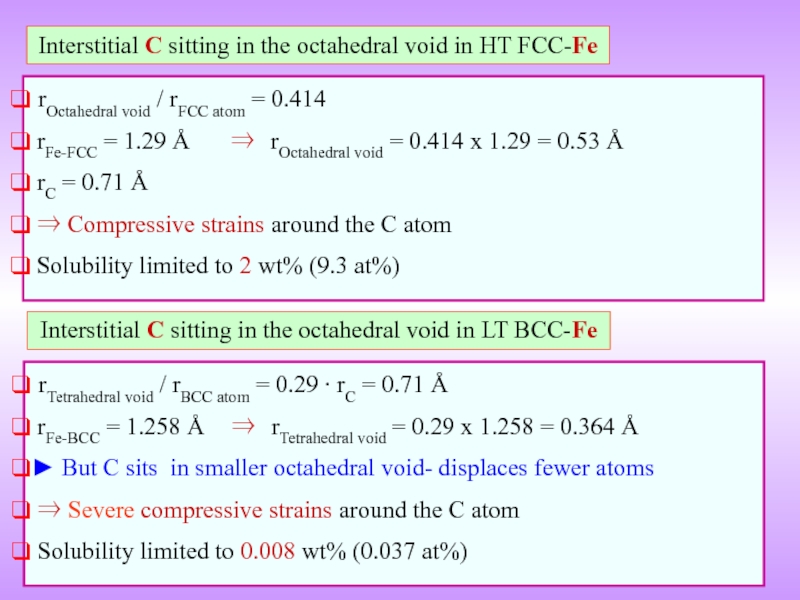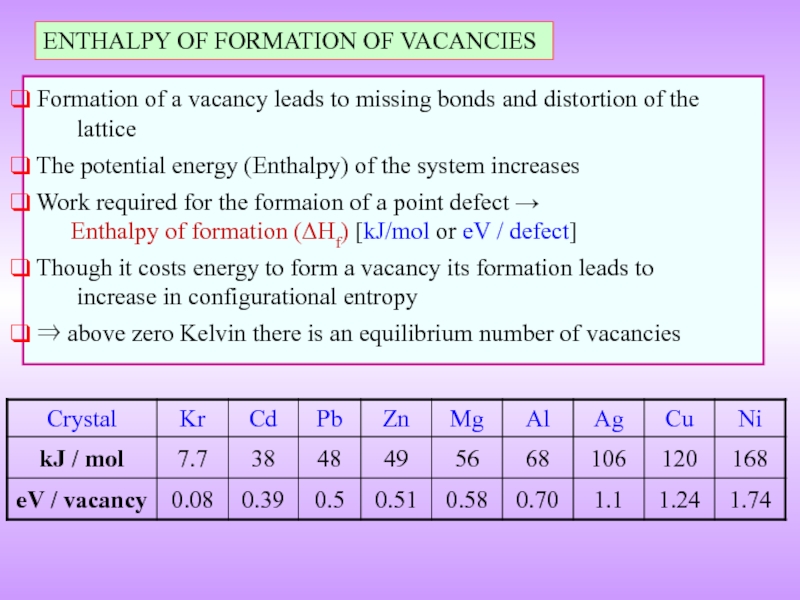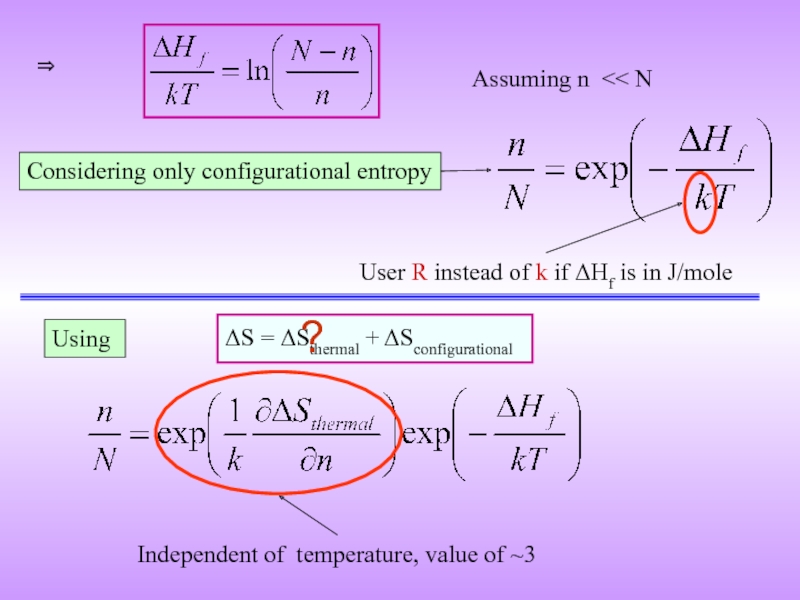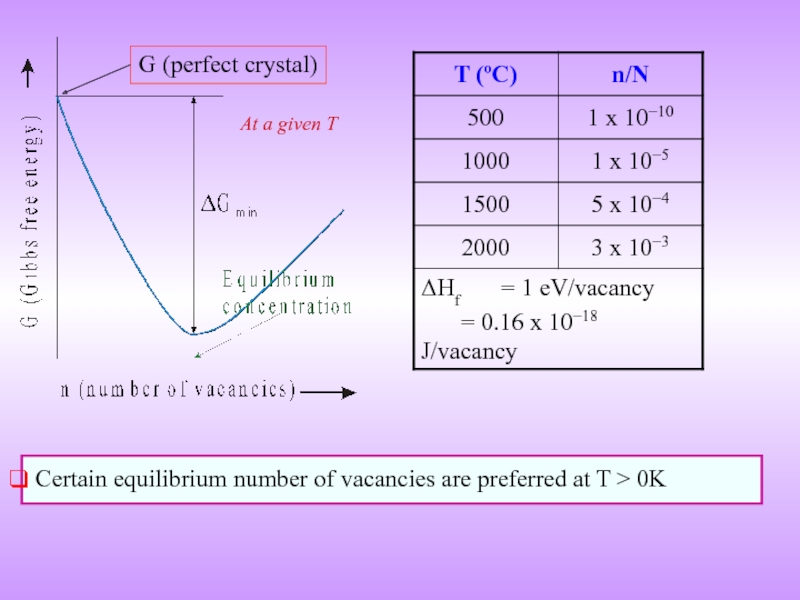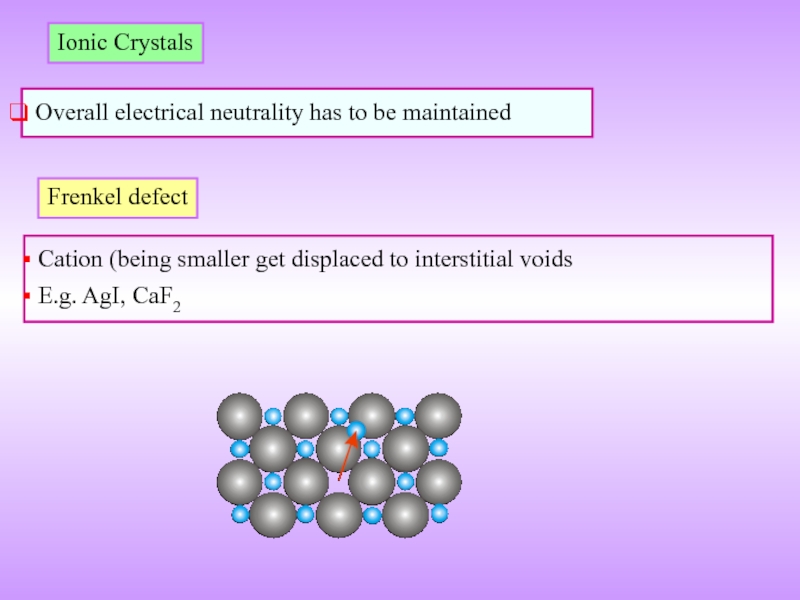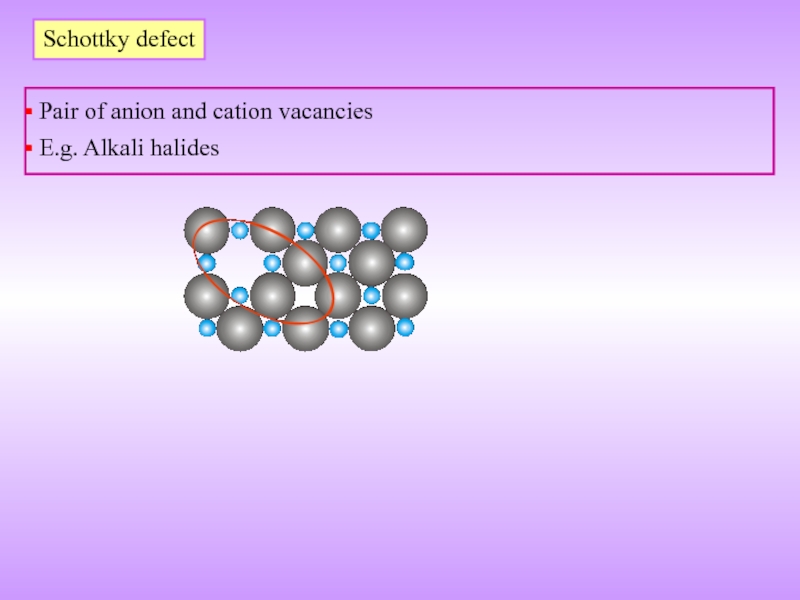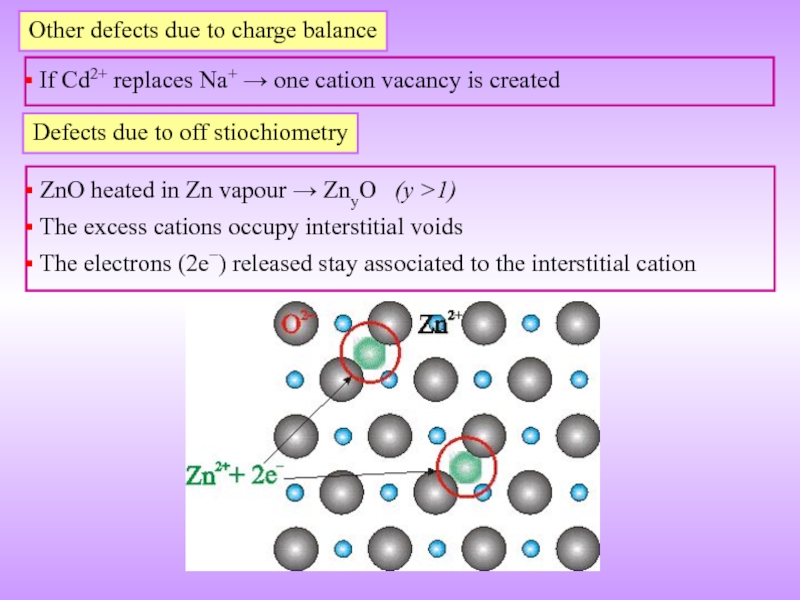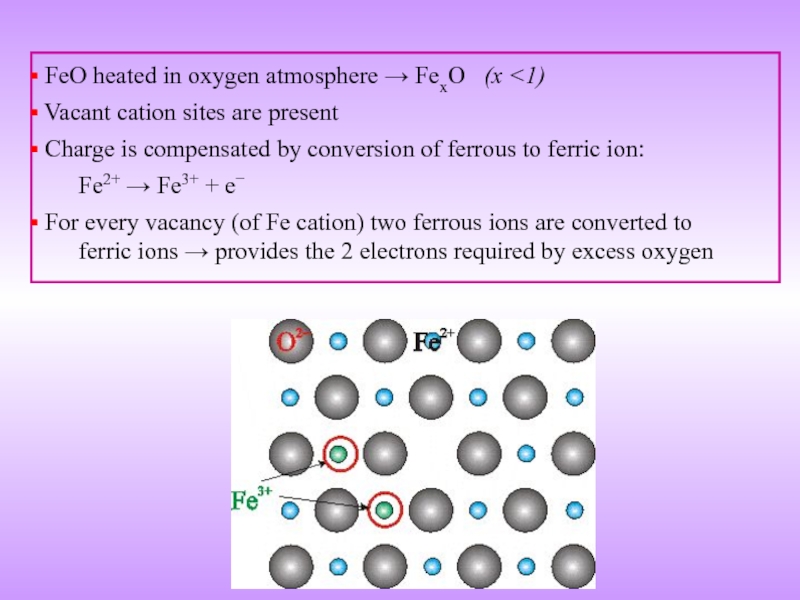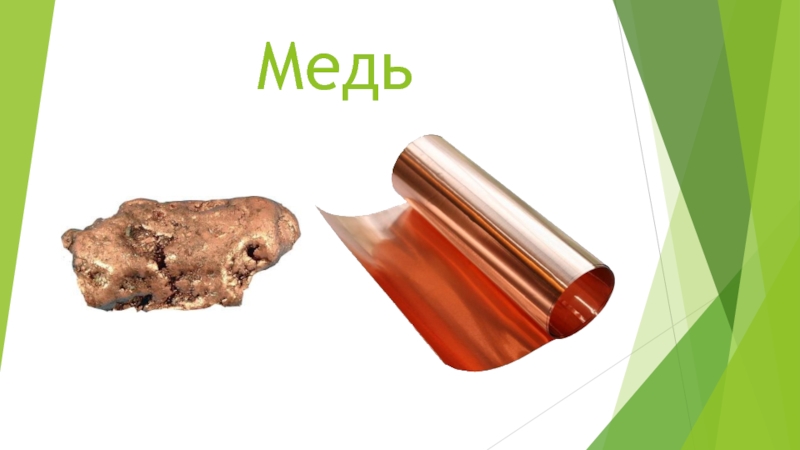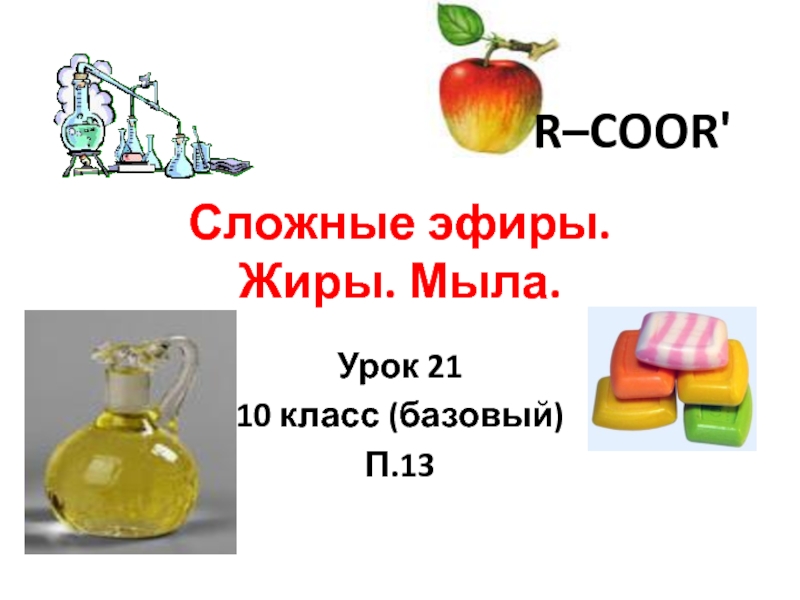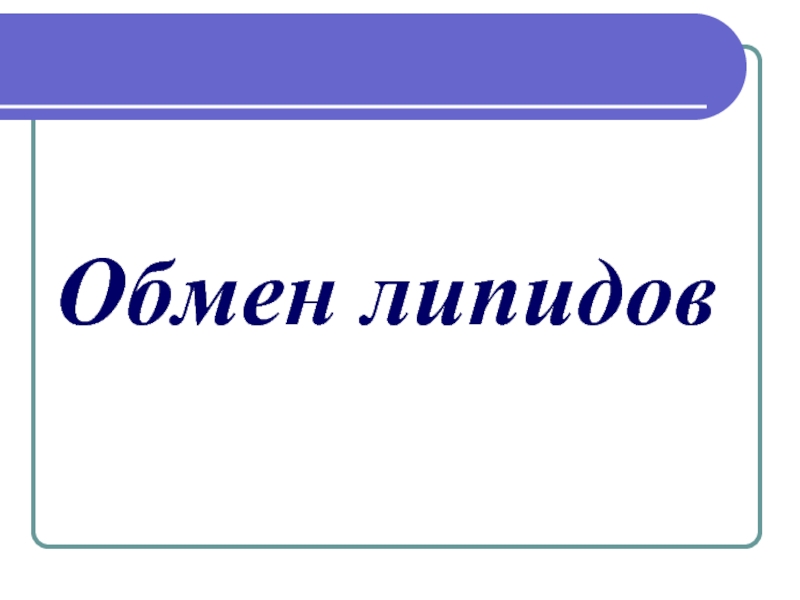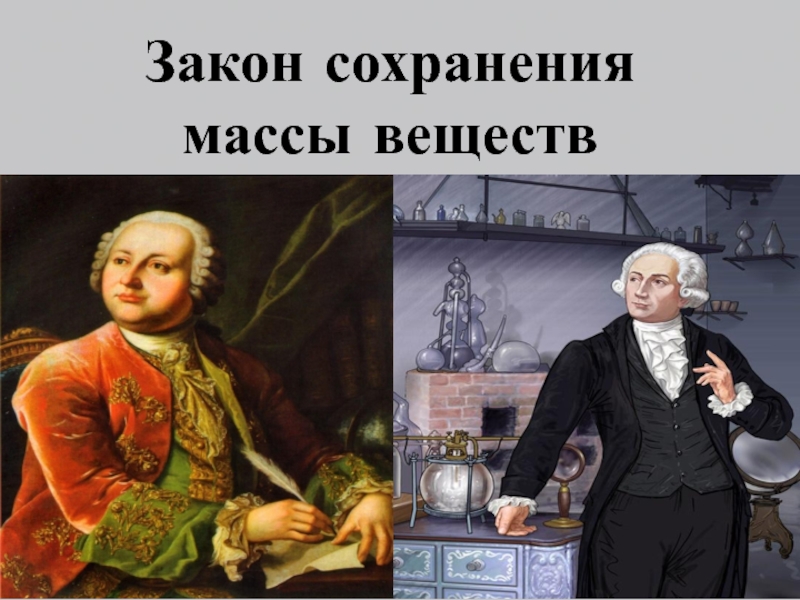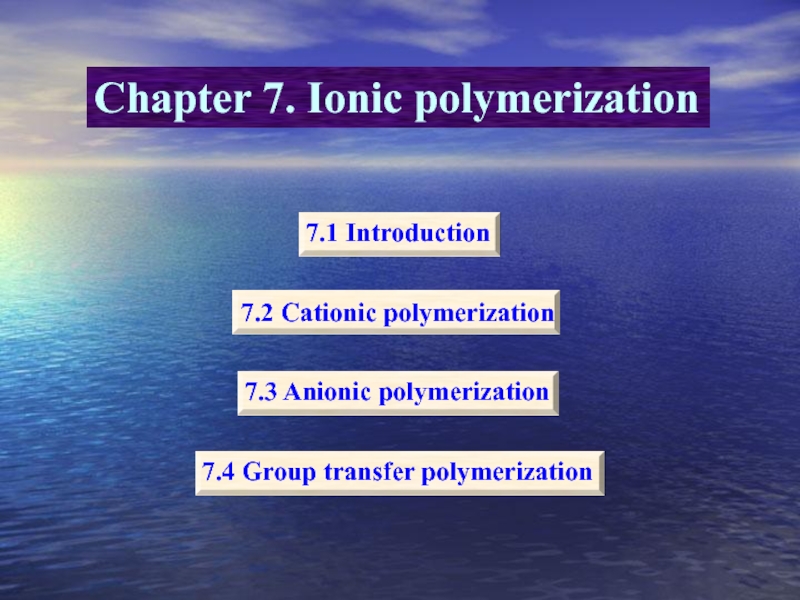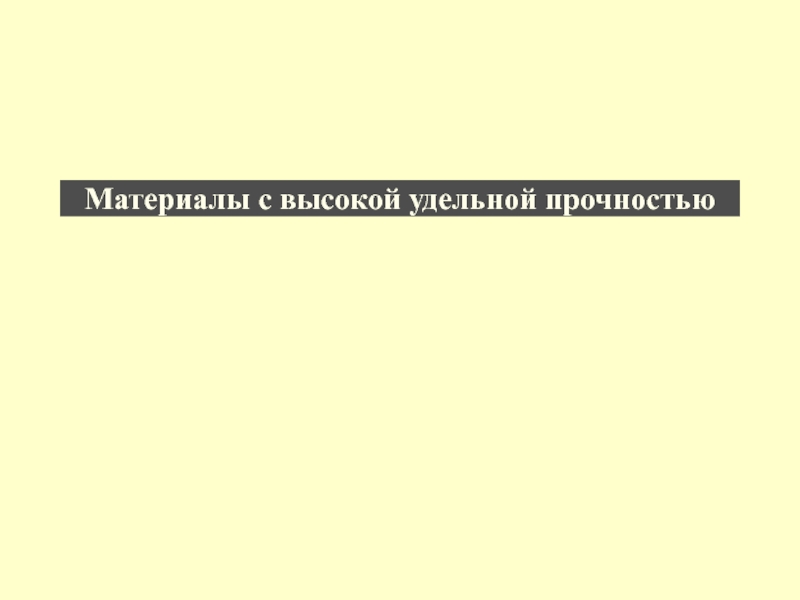- Главная
- Разное
- Дизайн
- Бизнес и предпринимательство
- Аналитика
- Образование
- Развлечения
- Красота и здоровье
- Финансы
- Государство
- Путешествия
- Спорт
- Недвижимость
- Армия
- Графика
- Культурология
- Еда и кулинария
- Лингвистика
- Английский язык
- Астрономия
- Алгебра
- Биология
- География
- Детские презентации
- Информатика
- История
- Литература
- Маркетинг
- Математика
- Медицина
- Менеджмент
- Музыка
- МХК
- Немецкий язык
- ОБЖ
- Обществознание
- Окружающий мир
- Педагогика
- Русский язык
- Технология
- Физика
- Философия
- Химия
- Шаблоны, картинки для презентаций
- Экология
- Экономика
- Юриспруденция
Point defects. Line defects. Surface Imperfections презентация
Содержание
- 1. Point defects. Line defects. Surface Imperfections
- 2. PROPERTIES Structure sensitive Structure Insensitive E.g. Yield stress, Fracture toughness E.g. Density, elastic modulus
- 3. 0D (Point defects) CLASSIFICATION OF
- 4. Translation SYMMETRY ASSOCIATED DEFECTS Rotation Screw
- 5. Topological DEFECTS Non-topological Based on symmetry breaking Hence association with symmetry
- 6. Random DEFECTS Structural Random DEFECTS Ordered Based
- 7. THE ENTITY IN QUESTION GEOMETRICAL PHYSICAL E.g. atoms, clusters etc. E.g. spin, magnetic moment
- 8. THE OPERATION DEFINING A DEFECT CANNOT BE
- 9. 0D (Point defects) Vacancy Impurity Frenkel defect
- 10. Vacancy Missing atom from an atomic
- 11. Impurity Interstitial Substitutional SUBSTITUTIONAL IMPURITY
- 12. Interstitial C sitting in the octahedral void
- 13. ENTHALPY OF FORMATION OF VACANCIES Formation
- 14. ΔG = ΔH − T ΔS
- 15. Considering only configurational entropy ⇒ User
- 16. Certain equilibrium number of vacancies are
- 17. Ionic Crystals Overall electrical neutrality has
- 18. Schottky defect Pair of anion and cation vacancies E.g. Alkali halides
- 19. Other defects due to charge balance
- 20. FeO heated in oxygen atmosphere → FexO (x
Слайд 2PROPERTIES
Structure sensitive
Structure Insensitive
E.g. Yield stress, Fracture toughness
E.g. Density, elastic modulus
Слайд 3
0D
(Point defects)
CLASSIFICATION OF DEFECTS BASED ON DIMENSIONALITY
1D
(Line defects)
2D
(Surface / Interface)
3D
(Volume defects)
Vacancy
Impurity
Frenkel
defect
Schottky
defect
Dislocation
Surface
Interphase
boundary
Grain
boundary
Twin
boundary
Twins
Precipitate
Faulted
region
Voids
Stacking
faults
Disclination
Dispiration
Thermal
vibration
Anti-phase
boundaries
Слайд 4Translation
SYMMETRY ASSOCIATED DEFECTS
Rotation
Screw
Atomic
Level
Dislocation
Disclination
Dispiration
Mirror
SYMMETRY ASSOCIATED DEFECTS
Rotation
Inversion
Twins
Multi-atom
Слайд 6Random
DEFECTS
Structural
Random
DEFECTS
Ordered
Based on
origin
Based on
position
Vacancies, dislocations, interface ledges…
Слайд 8THE OPERATION DEFINING A DEFECT CANNOT BE A SYMMETRY OPERATION OF
A DEFECT “ASSOCIATED” WITH A SYMMETRY OPERATION OF THE CRYSTAL
⮚ TOPOLOGICAL DEFECT
Слайд 90D
(Point defects)
Vacancy
Impurity
Frenkel defect
Schottky defect
Non-ionic
crystals
Ionic
crystals
Imperfect point-like regions in the crystal about
Interstitial
Substitutional
Other ~
Слайд 10Vacancy
Missing atom from an atomic site
Atoms around the vacancy
Tensile stress field produced in the vicinity
Tensile Stress
Fields ?
Слайд 11Impurity
Interstitial
Substitutional
SUBSTITUTIONAL IMPURITY
∙ Foreign atom replacing the parent
INTERSTITIAL IMPURITY ∙ Foreign atom sitting in the void of a crystal ∙ E.g. C sitting in the octahedral void in HT FCC-Fe
Compressive stress fields
Tensile Stress
Fields
Compressive
Stress
Fields
Relative
size
Слайд 12Interstitial C sitting in the octahedral void in HT FCC-Fe
rFe-FCC = 1.29 Å ⇒ rOctahedral void = 0.414 x 1.29 = 0.53 Å
rC = 0.71 Å
⇒ Compressive strains around the C atom
Solubility limited to 2 wt% (9.3 at%)
Interstitial C sitting in the octahedral void in LT BCC-Fe
rTetrahedral void / rBCC atom = 0.29 ∙ rC = 0.71 Å
rFe-BCC = 1.258 Å ⇒ rTetrahedral void = 0.29 x 1.258 = 0.364 Å
► But C sits in smaller octahedral void- displaces fewer atoms
⇒ Severe compressive strains around the C atom
Solubility limited to 0.008 wt% (0.037 at%)
Слайд 13ENTHALPY OF FORMATION OF VACANCIES
Formation of a vacancy leads to
The potential energy (Enthalpy) of the system increases
Work required for the formaion of a point defect → Enthalpy of formation (ΔHf) [kJ/mol or eV / defect]
Though it costs energy to form a vacancy its formation leads to increase in configurational entropy
⇒ above zero Kelvin there is an equilibrium number of vacancies
Слайд 14 ΔG = ΔH − T ΔS
ΔG (putting n vacancies)
Let n be the number of vacancies, N the number of sites in the lattice
Assume that concentration of vacancies is small i.e. n/N << 1
⇒ the interaction between vacancies can be ignored
⇒ ΔHformation (n vacancies) = n . ΔHformation (1 vacancy)
Let ΔHf be the enthalpy of formation of 1 mole of vacancies
ΔS = ΔSthermal + ΔSconfigurational
For minimum
Larger contribution
Слайд 15Considering only configurational entropy
⇒
User R instead of k if ΔHf is
Assuming n << N
Using
ΔS = ΔSthermal + ΔSconfigurational
Independent of temperature, value of ~3
?
Слайд 17Ionic Crystals
Overall electrical neutrality has to be maintained
Frenkel defect
Cation
E.g. AgI, CaF2
Слайд 19Other defects due to charge balance
If Cd2+ replaces Na+ →
Defects due to off stiochiometry
ZnO heated in Zn vapour → ZnyO (y >1)
The excess cations occupy interstitial voids
The electrons (2e−) released stay associated to the interstitial cation
Слайд 20 FeO heated in oxygen atmosphere → FexO (x
Charge is compensated by conversion of ferrous to ferric ion:
Fe2+ → Fe3+ + e−
For every vacancy (of Fe cation) two ferrous ions are converted to ferric ions → provides the 2 electrons required by excess oxygen
